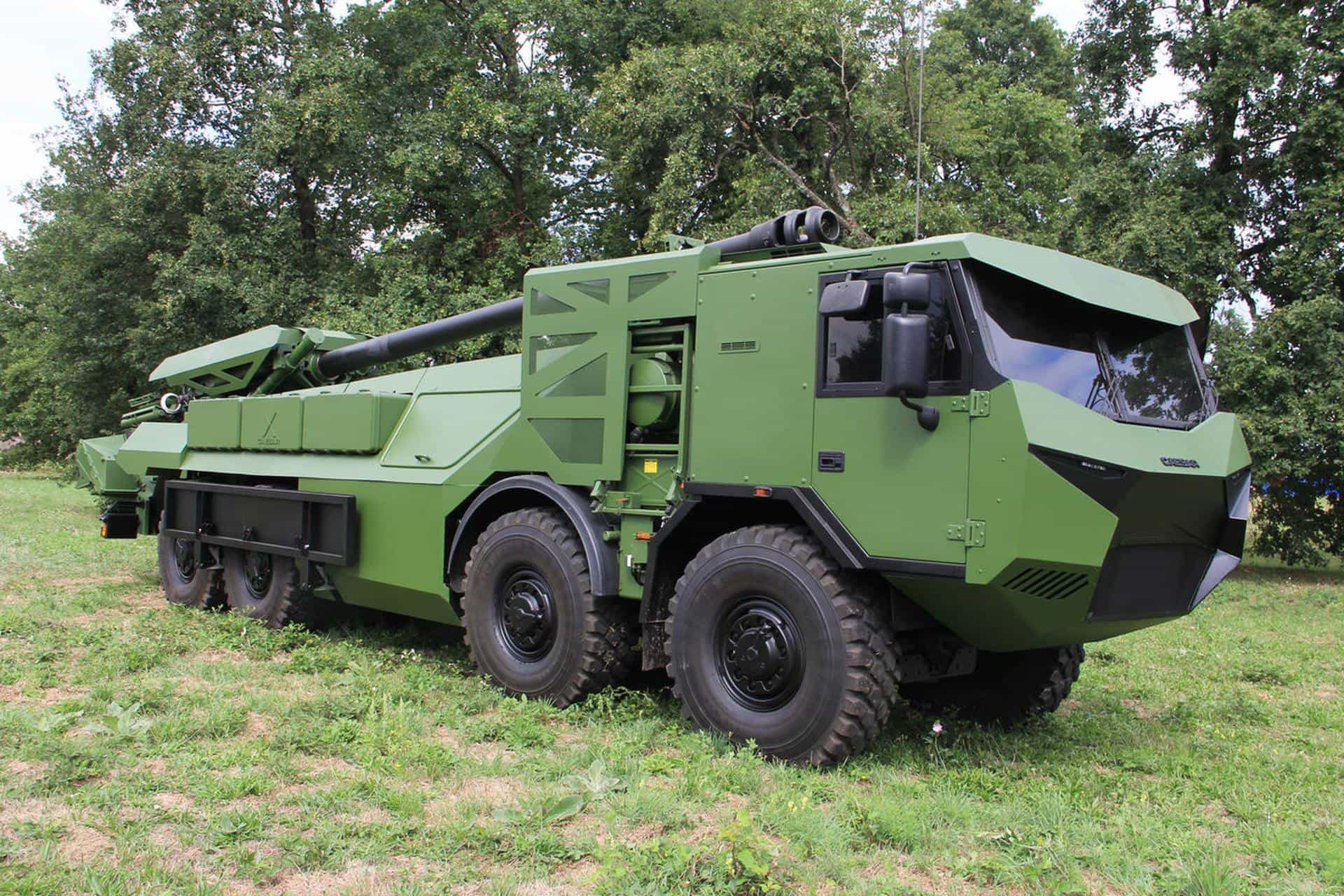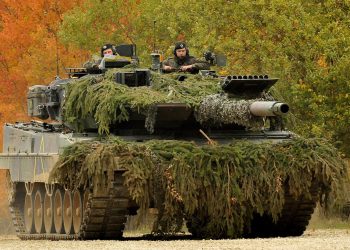The Lexington Institute, Army Secretary Francis J. Harvey is the most capable manager to occupy that post in modern times. Originally tapped to oversee network integration in the Office of the Secretary of Defense, the University of Pennsylvania Ph.D. (material sciences) was shifted to the Army's top job when the nomination of former Air Force Secretary James Roche to head the Army came unraveled in a procurement scandal. Having spent decades managing complex technology projects at major corporations, Harvey is well equipped to grasp the intricacies of next-generation networking initiatives such as the Future Combat System. Whether he is ready to deal with the Army's baroque, ingrown acquisition community is another matter.
The Army's acquisition culture has come a long way since The New York Times editorialized during the Civil War that it was a “hotbed of wickedness and corruption.” But it has never managed to escape a reputation for being more concerned with its own internal rhythms than the needs of the warfighter.
The clearest evidence of a problem lies not in controversies over body armor and improvised explosive devices — subjects which elicit a continuous stream of cheap shots from national media — but in the management of next-generation communications programs. The media barely cover these programs at all, but their cumulative cost exceeds a hundred billion dollars, and some of them aren't going so well. Insiders say the difficulties are due in large part to incompetence at the Army's Communications-Electronics Command.
CECOM, as the command is known, canceled a program called Aerial Common Sensor (ACS) after spending $140 million in an abortive effort to help soldiers find hostile emitters on future battlefields. It also issued a stop-work order to contractors for next-generation “software-defined” radios that were supposed to replace outmoded battlefield communications with new digital gear capable of accommodating virtually any signal — a goal that turns out to be nearly impossible to achieve within the laws of physics.
That program, the Joint Tactical Radio System (JTRS), will be scaled back so that it can only communicate with some of the radios in the force, while providing a “wideband networking waveform” that looks inadequate even before it is fielded.
Now CECOM is embarked on a new restructuring initiative that will delay the availability of agile communications to soldiers on the move for the better part of a decade. The latest target is the Warfighter Information Network – Tactical, or WIN-T, a wireless architecture of ground, airborne and orbital nodes that was conceived to provide a secure information backbone for future battlefield operations.
CECOM managers have come up with a raft of bureaucratic excuses such as the color of money, testing requirements and the need for competition to argue that the service should wait until the next decade to field WIN-T. The fact that communications-on-the-move is a priority requirement, that the technology has been proven in realistic exercises, and that adequate funding is available all seem to be irrelevant to the people overseeing the program. They are so consumed by process issues that they appear to have forgotten the warfighters (not to mention taxpayers).
What all three of these programs — ACS, JTRS, and WIN-T — have in common is that they were supposed to be building blocks in the architecture for the Army's $160 billion Future Combat System. Doubts about the viability of that program's vast network will inevitably be increased by the restructuring and delay of so many vital pieces.
Perhaps it's time for the Army to admit that its executive officers at the Communications-Electronics Command don't know what they're doing, and are undercutting the whole concept of spiral development. As for Secretary Harvey, who has made fast delivery of new technology to the force a top priority, he might want to consider one more “off-ramp” to accelerate networking efforts: leave some of CECOM's top managers at that last rest stop on the Jersey turnpike when the command moves to Maryland in the near future.
France to send more mobile artillery to Ukraine
France will ship 12 more Caesar truck-mounted howitzers and fresh air defence equipment to Ukraine to bolster the fight against...









